Am I the only one, or is voice over work making you more aware of the sounds around you? The work we do requires us to notice every auditory detail. And, for many of us, this noticing has become a habit outside of the studio as well. Whether I’m in an urban environment or a rural one, I find myself noticing things that I used to tune out as a matter of course. THE SOUNDS OF YOSEMITE 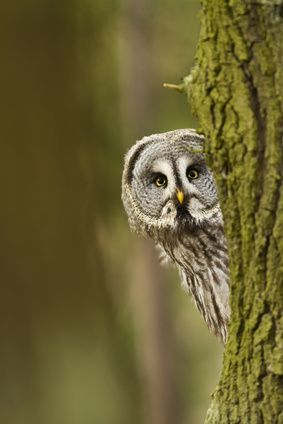 For example, a few months ago, I stayed overnight
at Yosemite National Park. The ranger
lecture at that time was "Sounds of Yosemite,” which is where I learned
about a fascinating owl study that Park biologists are conducting using voice
recognition software. For example, a few months ago, I stayed overnight
at Yosemite National Park. The ranger
lecture at that time was "Sounds of Yosemite,” which is where I learned
about a fascinating owl study that Park biologists are conducting using voice
recognition software.
Yosemite is home to a rare breed of Great Gray Owl that was separated from its nearest relatives (Canadian Grey Owls) 30,000 years ago. To date, efforts to save this dwindling population of birds has involved capturing, banding and observing them at close range. These techniques are both intrusive and counter-productive, because they often disrupt the owls’ mating cycles, putting them at even greater peril. SOUND ENGINEERS RESCUE! Fortunately last summer, Joe Medley, a PhD candidate in ecology at UC Davis, found a better way to study the birds. He placed 40 data-compression digital audio recorders in their habitat, then perfected voice recognition software that allowed scientists to identify individual "voices.” The amount of data that they gathered was staggering - nearly 50 terabytes of sound! Without a way to sift through that soundscape of airplane engine noise, frog song, coyotes barking and bears rummaging (not to mention critters chomping on the expensive equipment), it would have taken seven years for researchers to sort those sounds by ear. Medley modified existing voice recognition software with algorithms that searched for the specific frequency and time intervals of the Great Gray Owls’ low hoot. The program is so sophisticated that it can tell the difference between males, females and younger birds, as wells as distinguish the cry of nesting females calling for food. These details help scientists improve the Great Gray Owls’ chances of survival. CLOSER TO 'HOLMES' 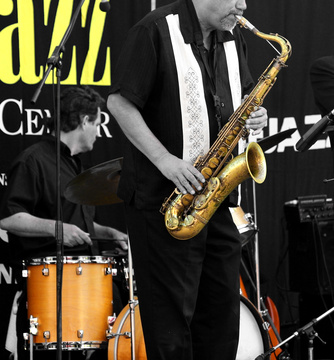 As it happened, a few
weeks after that vacation, my niece introduced me to yet another variation on
"speech recognition” software when she visited my home for a family
celebration. As it happened, a few
weeks after that vacation, my niece introduced me to yet another variation on
"speech recognition” software when she visited my home for a family
celebration. We hosted my dad at that event as well, who (at 94 years old) still enjoys the music of his youth – Big Band era jazz. The surprise for me was that my niece (who is 60 years younger) liked the music, too. And she captured those tunes out of thin air with Shazam, an app on her iPhone that told her instantly who was playing and the name of the song. FUTURE OF VOICE CASTING? It got me to thinking: Is it just a matter of time before voice seekers have similar software that identifies each of us individually as voice actors? It’s already being done with facial characteristics. Why not voices? Something to think about when it comes to our own contributions to the soundscapes around us. This article was adapted from Great Gray Owls of Yosemite Studied Through Use of Digital Audio Recording Software, by Tracie Cone (Associated Press). -----------------------------------------------------  ABOUT ELIZABETH ABOUT ELIZABETHElizabeth Holmes is a writer, voice actor, and staff editor at VoiceOverXtra, based in Northern California. She is also editor of VoiceOverXtra's book division, including Voice Over Legal, by voice actor / attorney Robert Sciglimpaglia. Email: elizabeth@HolmesVoice.com Earlier Sounds Odd Columns: http://bit.ly/SoundsOddColumns |
|
Get your bi-weekly dose here ... all things VO!
Inspiring interviews help your VO career
On Michael Langsner's Voice-Over Roadmap Podcast
For essential voice-over business strategies
As of the NEW website launch, 03/22/2012

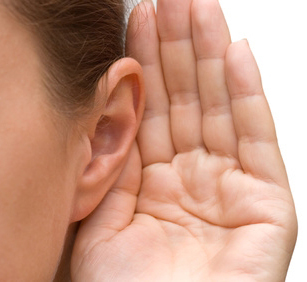 SOUNDS ODD
SOUNDS ODD


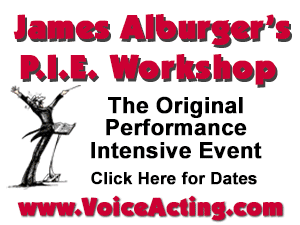




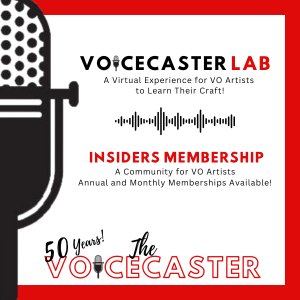
John Florian, for publishing her articles.